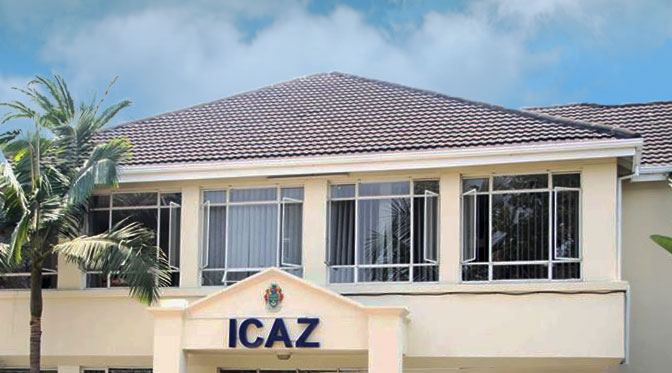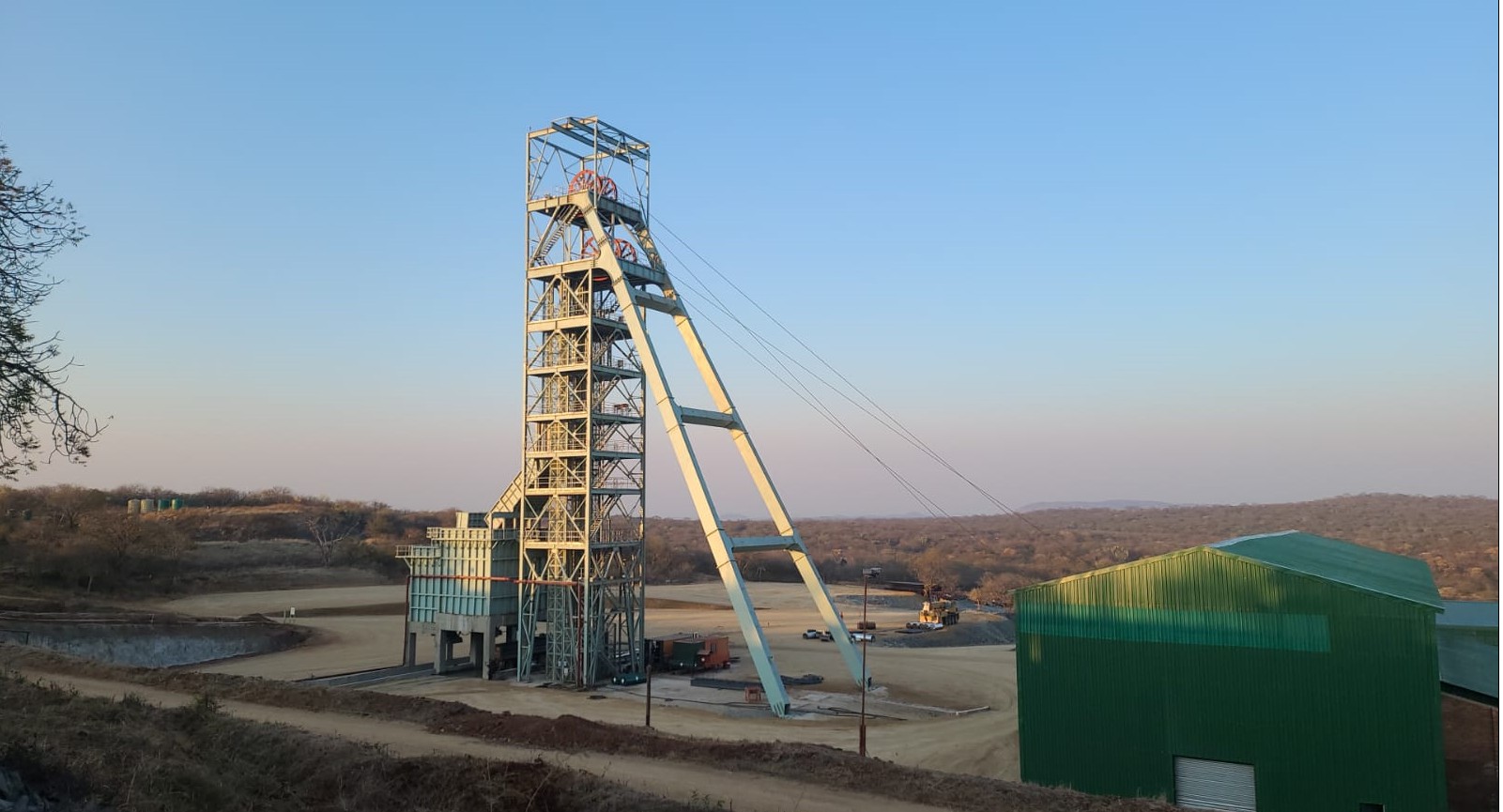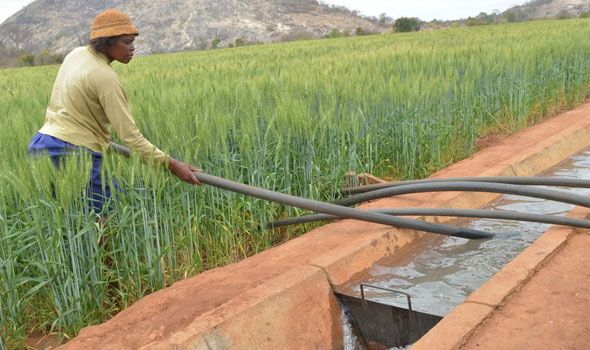Zim to mobilise investment in ferrochrome
Zimbabwe is well placed to mobilise huge investment in the ferrochrome sector after it granted huge tracts of mining fields to investors intending to value add the mineral.
Aiding prospects for huge capital inflows into the sector was the ban on raw chrome exports on Tuesday by government in a development likely to encourage building of smelters.
Announcing the latest strategy to boost the mining sector during Tuesday’s post Cabinet media briefing, Information, Publicity and Broadcasting Services Minister, Monica Mutsvangwa, said the moratorium on raw chrome ore exports would promote the local value-addition chain.
The announcement comes a week after Finance and Economic Development Minister Professor Mthuli Ncube said the Government had availed land to five companies intending to establish integrated chrome mining and ferrochrome smelters.
Amazon was granted 21 chrome claims on 1 545 hectares, Best Trade was granted 13 chrome claims on about 1 000 ha while Zimbabwe Alloys, whose furnace is 70 percent complete also got land exploration. 1 Afrochine and Monachrome were granted 1 000 ha each while Jin An’s application for nearly 4 000 hectares is being processed.
“It is kind of a carrot and stick approach that the government has taken and that should obviously boost capital inflows into the sector,” Carlos Tadya, a research analyst with a local think tank told Business Weekly in an interview.
Zimbabwe is endowed with arguably the world’s second biggest resources of chrome ore after South Africa, which is used for metallurgical processes such as steel manufacturing.
In 2015, Zimbabwe lifted a ban on raw chrome exports introduced in 2011 after companies struggled to build smelters citing lack of capital, high production costs and power shortages.
Investors were also worried about the country’s indigenisation laws which required foreign business to own not more than 49 percent in local firms. The policy has since been scrapped as part of efforts by President Mnangagwa’s administration to attract investment.
“The environment has changed (from the time of the first ban and now). “The conditions of doing business are more favourable; no ownership limitations to foreigners and investments being made by the government and private sector in the energy sector are likely to attract more capital into the ferrochrome sector,” a mining executive who declined to be named for professional reasons said.
Ferrochrome, alongside platinum, gold and nickel is among minerals expected to help Zimbabwe achieve the US$12 billion industry by 2023.
Afrochine and Chinese owned Zimasco are the country’s major producers of ferrochrome.
Chrome ore output for the first quarter of 2021 stood at 300 926 tonnes, comparable to the previous quarter output of 311 495 tonnes.
Output was weighed down by reduced intake for both raw chrome and high carbon ferrochrome from China, the world largest consumer due to the second wave of Covid-19, which constrained shipments of goods.
In response, most local smelters closed operations but took advantage of this period to refurbish and modernise their furnaces in anticipation of the resumption of trade.-herald.cl.zw










